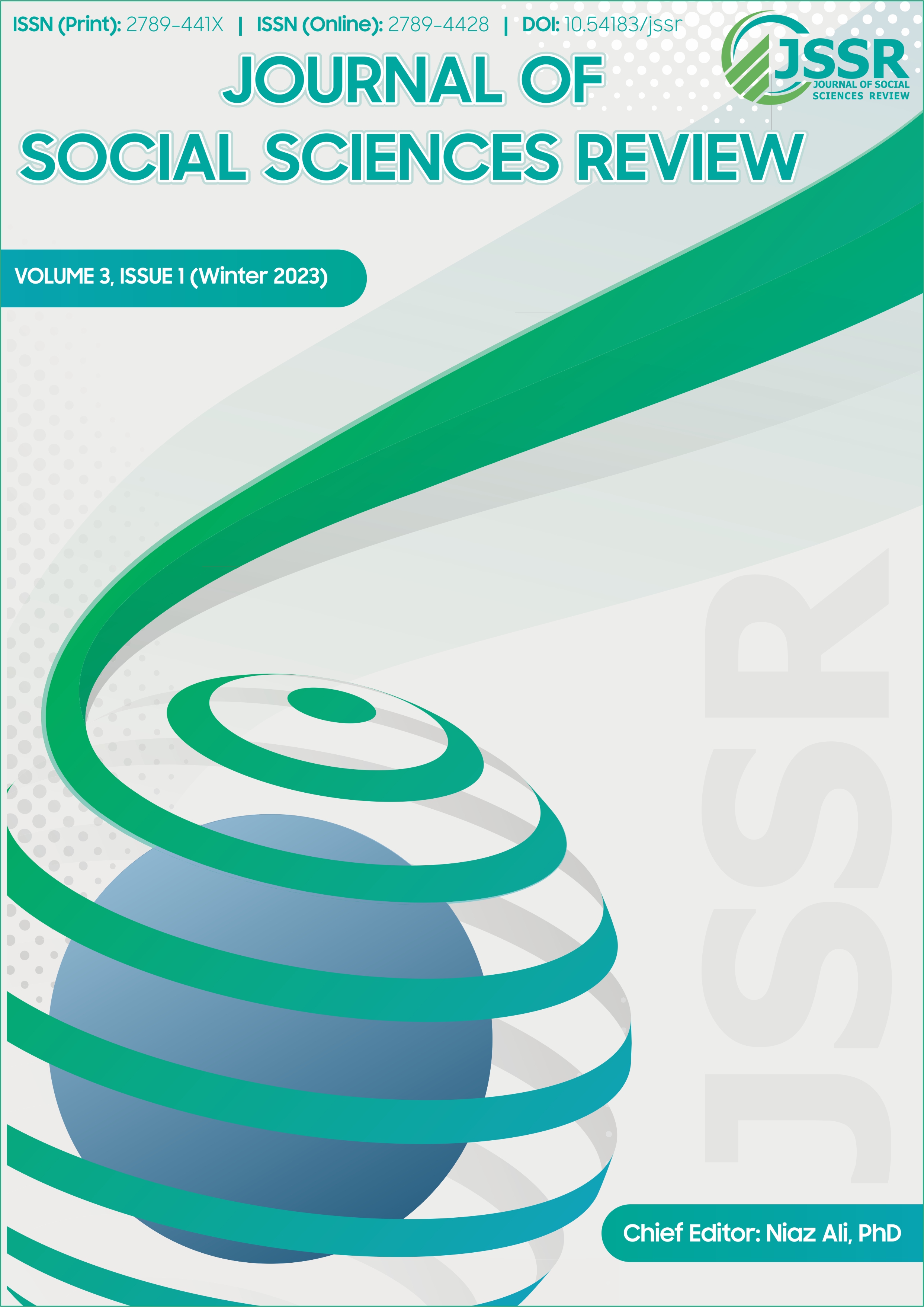Impact of Science Motivation towards Secondary Grader Students’ Learning
DOI:
https://doi.org/10.54183/jssr.v3i1.365Keywords:
Science Motivation, Secondary Grader Students, EducationAbstract
The basic focus of this study was to find out the impact of motivation towards science on the learning level in secondary classes. Accordingly, the hypothesis “there is no effect of motivation on students’ achievement at the secondary level” was designed. Data from 390 teachers were collected and analyzed to address the designed objective and hypothesis, as the study aimed to investigate the impact of motivation on learning achievement in science subjects among secondary-level students. Motivation was categorized into three levels: Low, Moderate, and High. ANOVA analyses were conducted to compare the effects of different motivation levels on students' achievement. The results revealed a significant difference in learning achievement based on motivation levels. Post hoc tests showed significant differences between Low and High motivation levels, while Moderate and High levels were not significantly different. These findings suggest that motivation plays a vital role in students' academic performance, particularly in science subjects.
References
Cherry, K. (2021). What Is Extrinsic Motivation?. Retrieve from https://www.verywellmind.com/what-is-extrinsic-motivation-2795164. 05.02.2022
Di Domenico, S. I., & Ryan, R. M. (2017). The emerging neuroscience of intrinsic motivation: A new frontier in self-determination research. Frontiers in Human Neuroscience, 11. https://doi.org/10.3389/fnhum.2017.00145
Dweck, C. S. (2010). Mindsets and equitable education. Principal Leadership, 10(5), 26-29.
Hardré, P. L., & Hennessey, M. N. (2013). What they think, what they know, what they do: Rural secondary teachers’ motivational beliefs and strategies. Learning Environments Research, 16(3), 411-436. https://doi.org/10.1007/s10984-013-9131-0
Howard, K. A., & Walsh, M. E. (2011). Children's conceptions of career choice and attainment: model development. Journal of Career Development, 38(3), 256–271. https://doi.org/10.1177/089484531036585
Legault, L. (2016). Intrinsic and extrinsic motivation. In Springer eBooks (pp. 1–4). https://doi.org/10.1007/978-3-319-28099-8_1139-1
Leung, S. A. (2008). The Big Five career theories. International Handbook of Career Guidance, 115-132. https://doi.org/10.1007/978-1-4020-6230-8_6
Li, P. (2021). What is Intrinsic Motivation & How Does it Work? https://www.parentingforbrain.com/intrinsic-motivation/
Siyuan, M., Jaehoon, R., & Jun, I. (2020). How Much Does Extrinsic Motivation or Intrinsic Motivation Affect Job Engagement or Turnover Intention? A Comparison Study in China. Sustainability 12(3), 1-18.
Sleimi, M. T., & Davut, S. (2015). Intrinsic and Extrinsic Motivation: Pivotal Role in Bank Tellers Satisfaction and Performance: Case Study of Palestinian Local Banks. International Journal of Business and Social Science, 6(11), 127-136.
Downloads
Published
Issue
Section
License
Copyright (c) 2023 Copyright in the Journal of Social Sciences Review is retained by the author(s). Authors also grant any third party the right to use the article freely as long as its integrity is maintained and its original authors, citation details and publisher are identified.

This work is licensed under a Creative Commons Attribution-NonCommercial 4.0 International License.
SSR's Editorial Board shares the vision of providing free access to information, education, and science for everyone, thus promoting its content through an OPEN ACCESS POLICY, fulfilling the DOAJ definition of open access. The JSSR adheres to an Open Access and Copyright Licensing Policy based on the belief that making research freely accessible to the public promotes greater global knowledge sharing.
The JSSR uses the Creative Commons Attribution-NonCommercial 4.0 International License. The authors who apply and publish in JSSR consent to abide by the copyright policy set out in the Creative Commons 4.0 license (Attribution-NonCommercial 4.0 International license).
- Copyright in the Journal of Social Sciences Review is retained by the author(s).
- Authors also grant any third party the right to use the article freely as long as its integrity is maintained and its original authors, citation details and publisher are identified.
While "By 'open access' to this literature, we mean its free availability on the public internet, permitting any users to read, download, copy, distribute, print, search, or link to the full texts of these articles, crawl them for indexing, pass them as data to software, or use them for any other lawful purpose, without financial, legal, or technical barriers other than those inseparable from gaining access to the internet itself."



